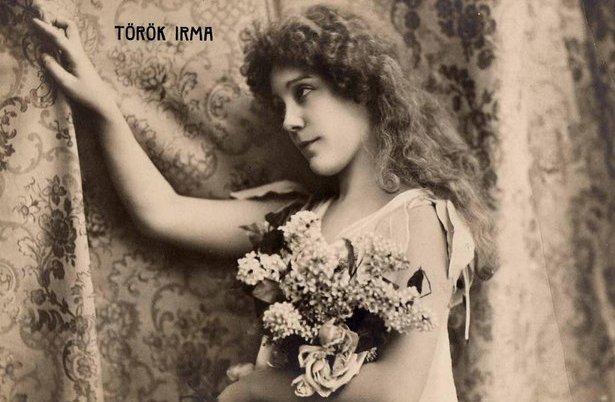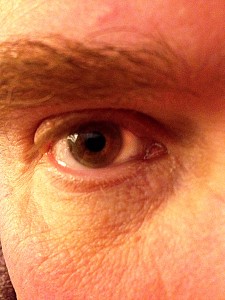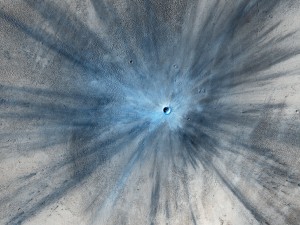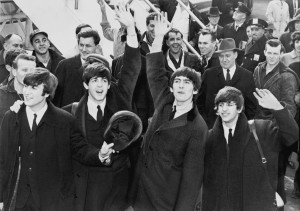
Figure 1 – Hungarian actress Török_Irma in the role of Ophelia in 1901. Image from the Wikimedia Commons and believed to be in the public domain.
Happy St. Valentines’ Day everyone! For me Valentine’s Day is filled with Shakespearean connotations. For regular readers of this blog, there’s no surprise in that!
First of al,l St. Valentine’s Day was meant to replace the ancient Roman holiday of the Wolf, the Lupercalia. So, of course, Hati and Skoll is going to celebrate it. The Roman holiday was, in fact, celebrated on February 15, but what’s a day in 2100 years.
Shakespeare’s play Julius Caesar begins during the feast of the Lupercal. Mark Anthony in his “Friends, Roman, countrymen…” eulogy alludes directly to the point:
“You all did see that on the LupercalI thrice presented him a kingly crown,Which he did thrice refuse. Was this ambition?Yet Brutus says he was ambitious,And, sure, he is an honorable man.”
And then there is the fair Ophellia from Shakespeare’s Hamlet, who met her untimely death by suicide, driven mad by Hamlet, on St. Valentine’s Day. It is, of course, fitting because in a sense she dies for love, caught up in vortex of ambiguity at being in love with her father’s killer.
‘Tomorrow is St.Valentine’s DayAnd early in the morning betime,I’m a girl below your windowWaiting to be your Valentine.”
For years I thought of Ophelia as a hopeless twit. But then in 2009 I saw Sir Patrick Stewart’s made-for-television Hamlet and I was quite blown away by Mariah Gale’s Ophelia. She is stunning! For the first time ever, and I have seen a lot of versions of Hamlet, I related to Ophellia and felt sorry for her. So as an aside, if you love Shakespeare as much as I do and have never seen this version, do so.
There are some really amazing images of Ophelia over the years. Some of these are paintings: for instance John Everett Millais (c1851), John William Waterhouse (1908), and, of course, Dante Gabriell Rossetti (1884-1888). Figure 1, shows a photographic postcard of one of the great beauties, who has played Ophelia, Hungarian actress Török Irma c 1901. It is such a lovely image that I thought that I would share another image of Török Irma from the Hungarian Wikisite as Figure 2. It shows her in Herczeg Ferenc’s “The Nabob’s Daughter.”

Figure 2 – Török_Irma in “The Nabob’s Daughter” 1893. Image from the Hungarian Wikipedia and believed to be in the public domain/







